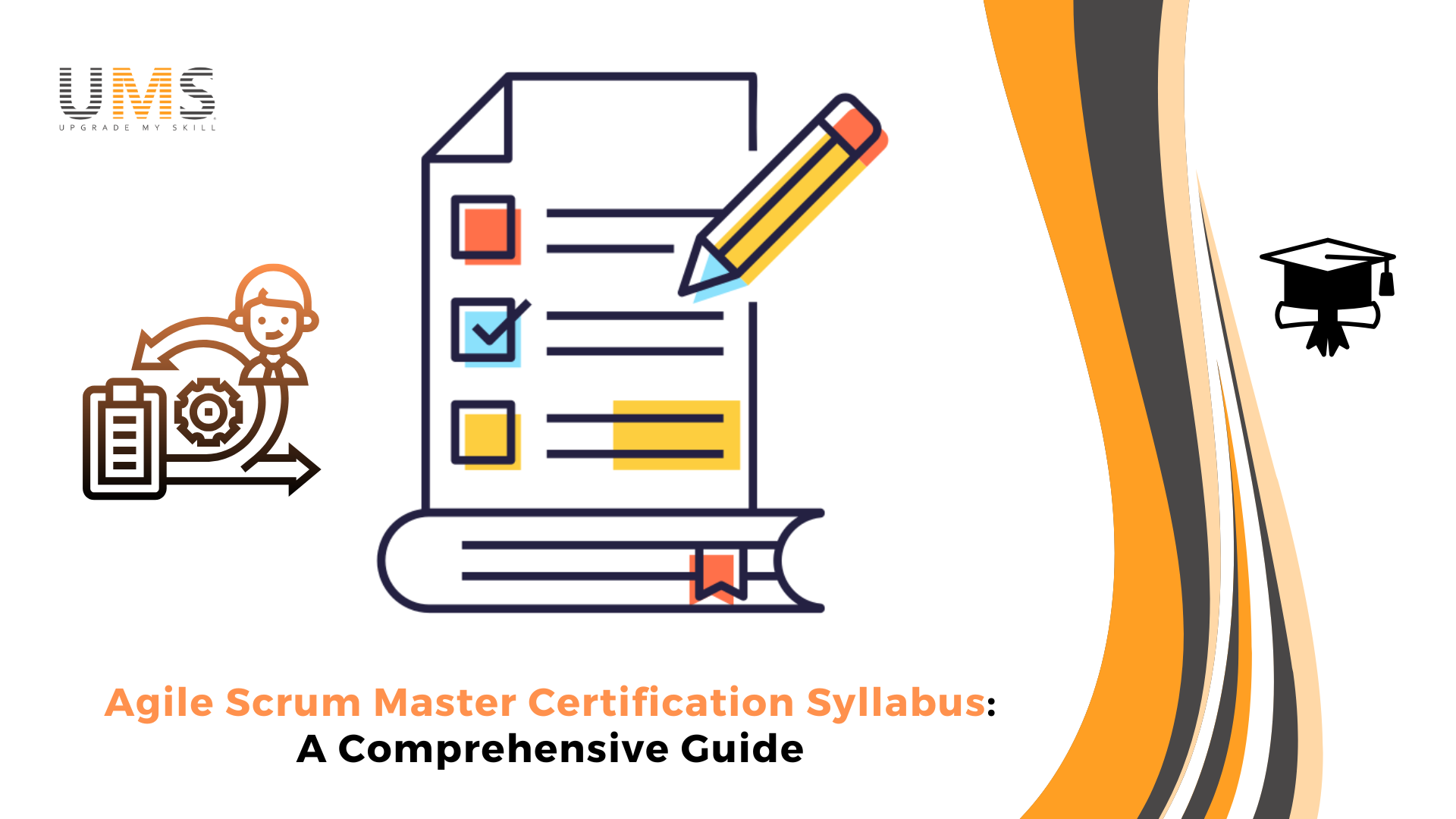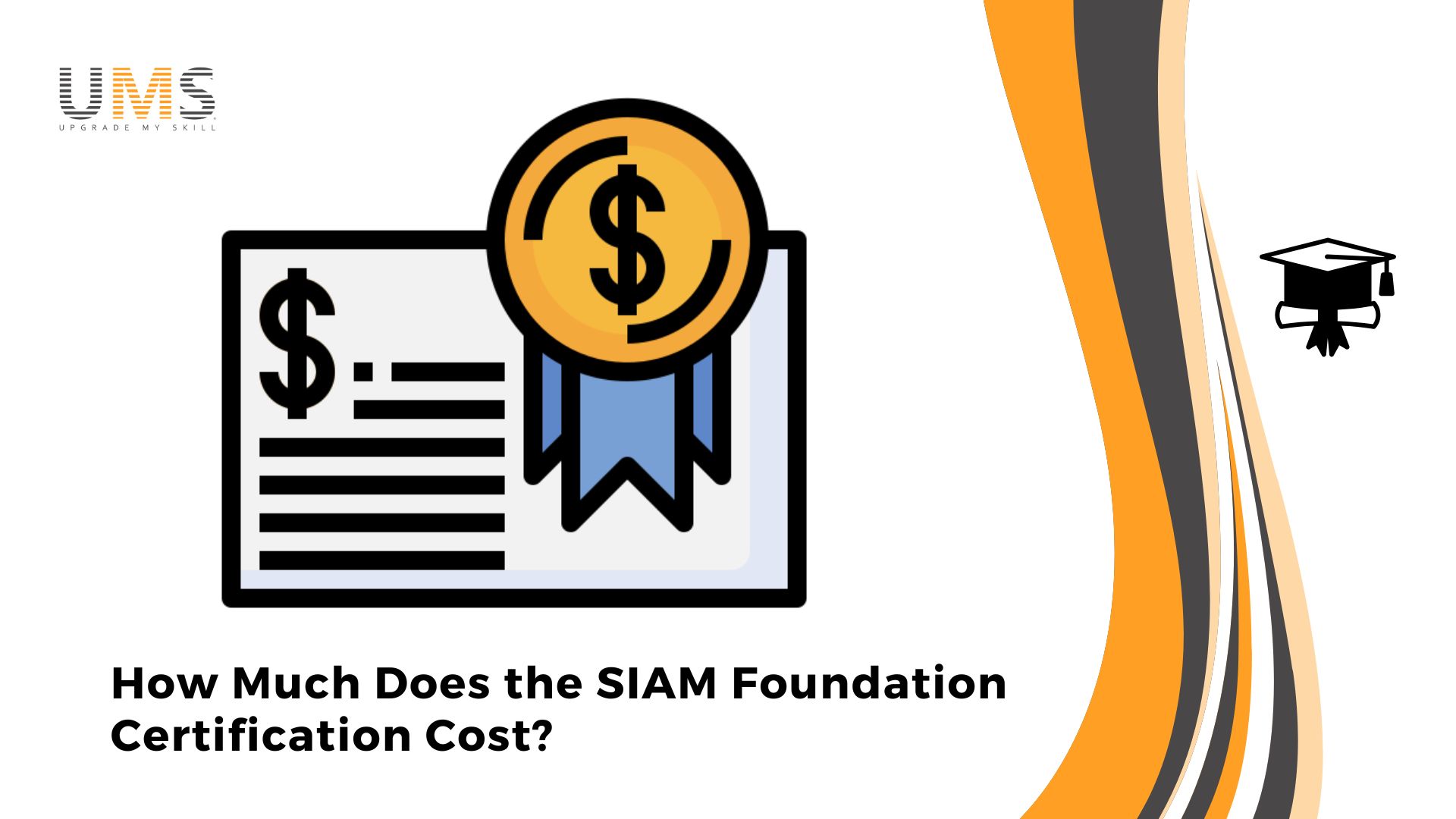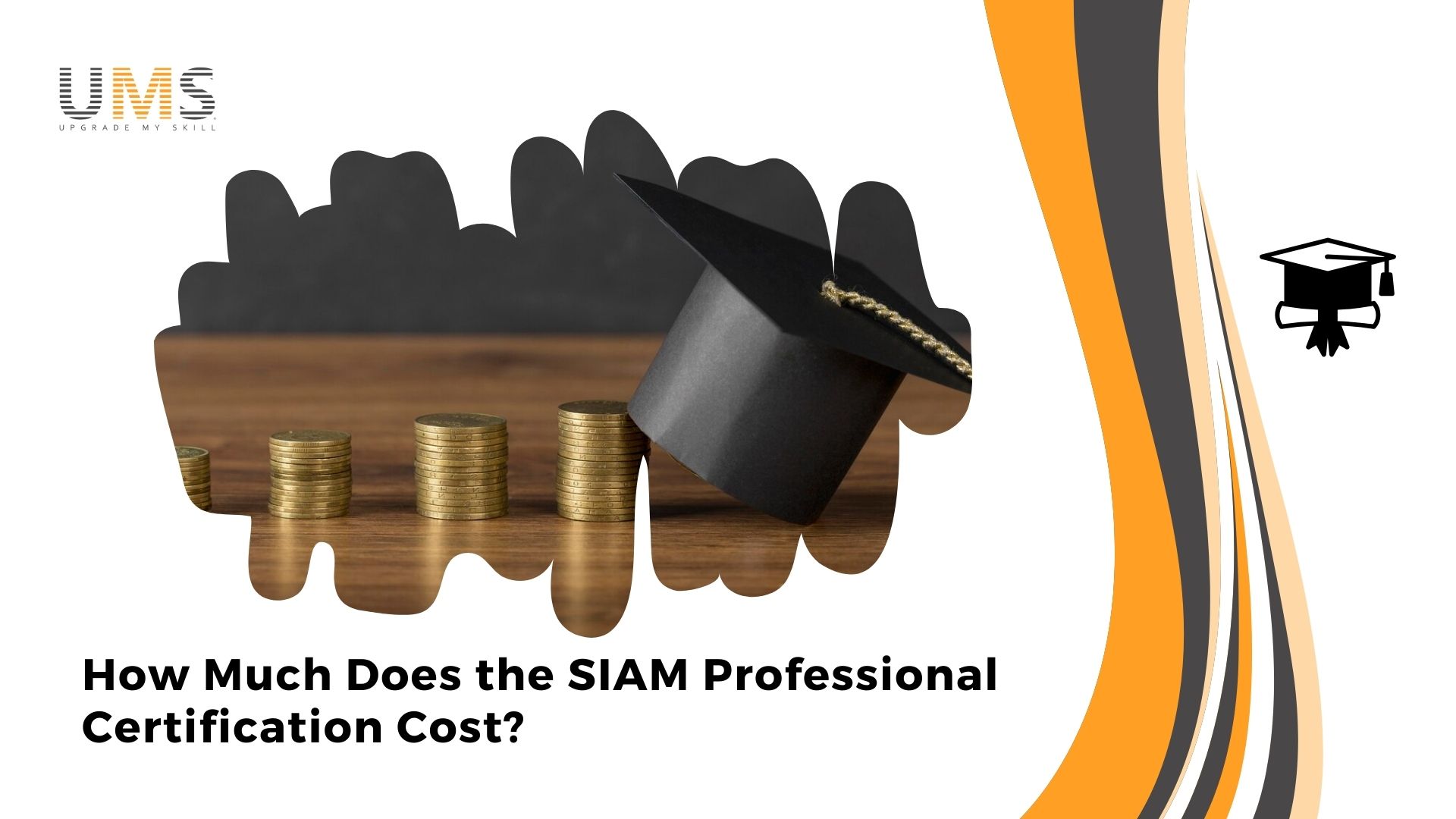- Posted By Admin
- Feb 18, 2025

The role of a Scrum Master is pivotal in ensuring the successful implementation of Agile practices within an organization. If you’re considering becoming a certified Scrum Master, understanding the certification syllabus is crucial for your preparation. This guide will provide an in-depth look at the Agile Scrum Master Certification syllabus, key topics to focus on, and tips for acing the exam.
Agile is a mindset that embraces flexibility, collaboration, and a focus on delivering customer value. Scrum is a framework within Agile that structures work into manageable chunks, called Sprints, and focuses on continuous improvement. The Scrum Master plays a vital role in ensuring the Scrum framework is followed correctly, fostering collaboration, removing obstacles, and guiding the team toward its goals.
Key Concepts:
A foundational understanding of Agile and Scrum is essential before diving into the Scrum Master Certification syllabus. This section introduces you to Agile principles and the Scrum framework, providing the necessary background for the rest of the certification course.
Key Topics to Cover:
Agile is a mindset that embraces flexibility, collaboration, and a focus on delivering customer value. Scrum is a framework within Agile that structures work into manageable chunks, called Sprints, and focuses on continuous improvement. The Scrum Master plays a vital role in ensuring the Scrum framework is followed correctly, fostering collaboration, removing obstacles, and guiding the team toward its goals.
Scrum is based on well-defined roles that ensure smooth collaboration and efficient delivery. The Scrum Master is one of the three core roles in Scrum, along with the Product Owner and the Development Team.
Key Roles in Scrum:
Responsibilities of the Scrum Master:
Scrum relies on five key events or ceremonies that provide structure and ensure continuous feedback throughout the project lifecycle.
Key Scrum Events:
Scrum artifacts are tools that provide transparency and help the team track progress. Understanding these artifacts is crucial for the Scrum Master to ensure the team delivers high-quality results and meets the project's goals.
Key Scrum Artifacts:
Additional Artifacts to Understand:
Effective estimation and planning are essential for Scrum teams to meet their goals. Scrum Masters guide the team in using estimation techniques to break down work and plan effectively for each Sprint.
Key Estimation Techniques:
Planning and Tracking Progress:
In addition to a solid understanding of Scrum, a successful Scrum Master must possess various soft skills to help guide teams and navigate challenges effectively.
Key Skills for Scrum Masters:
The Scrum Master Certification exam tests your understanding of Scrum practices, principles, and your ability to apply them. This section covers the structure of the exam and tips for effective preparation.
Exam Structure:
Exam Preparation Tips:
The Scrum framework is most valuable when it is applied effectively within real-world settings. This section of the syllabus discusses how Scrum Masters can implement Scrum practices across different industries and organizational structures.
Implementing Scrum in Different Environments:
Fast Filling! Hurry Up.
Fast Filling! Hurry Up.
Fast Filling! Hurry Up.
Becoming a certified Scrum Master is a valuable step toward enhancing your career in Agile project management. By mastering the Scrum Master certification syllabus, you will not only prepare for the exam but also gain the knowledge and skills needed to lead high-performing Scrum teams in real-world settings.
Are you ready to start your Scrum Master journey? At Upgrade My Skill, we offer comprehensive Agile Scrum Master Certification Training, designed to equip you with the expertise and confidence needed to excel in the certification exam and beyond. Our expert instructors, real-world scenarios, and practical exercises will ensure that you are well-prepared for the challenges of being a Scrum MasterLearn more about our services and start your training today: Agile Scrum Master Certification

The ITIL 4 Foundation Certification enhances career prospects, improves service management skills, and increases salary poten...

The SIAM Foundation Certification boosts your career in IT service management by enhancing your skills in managing multi-prov...

The SIAM Professional Certification costs between $1,000 and $3,000, depending on factors like training provider, certificati...

The ITIL 4 Foundation Certification enhances career prospects, improves service management skills, and increases salary poten...

The SIAM Foundation Certification boosts your career in IT service management by enhancing your skills in managing multi-prov...

The SIAM Professional Certification costs between $1,000 and $3,000, depending on factors like training provider, certificati...